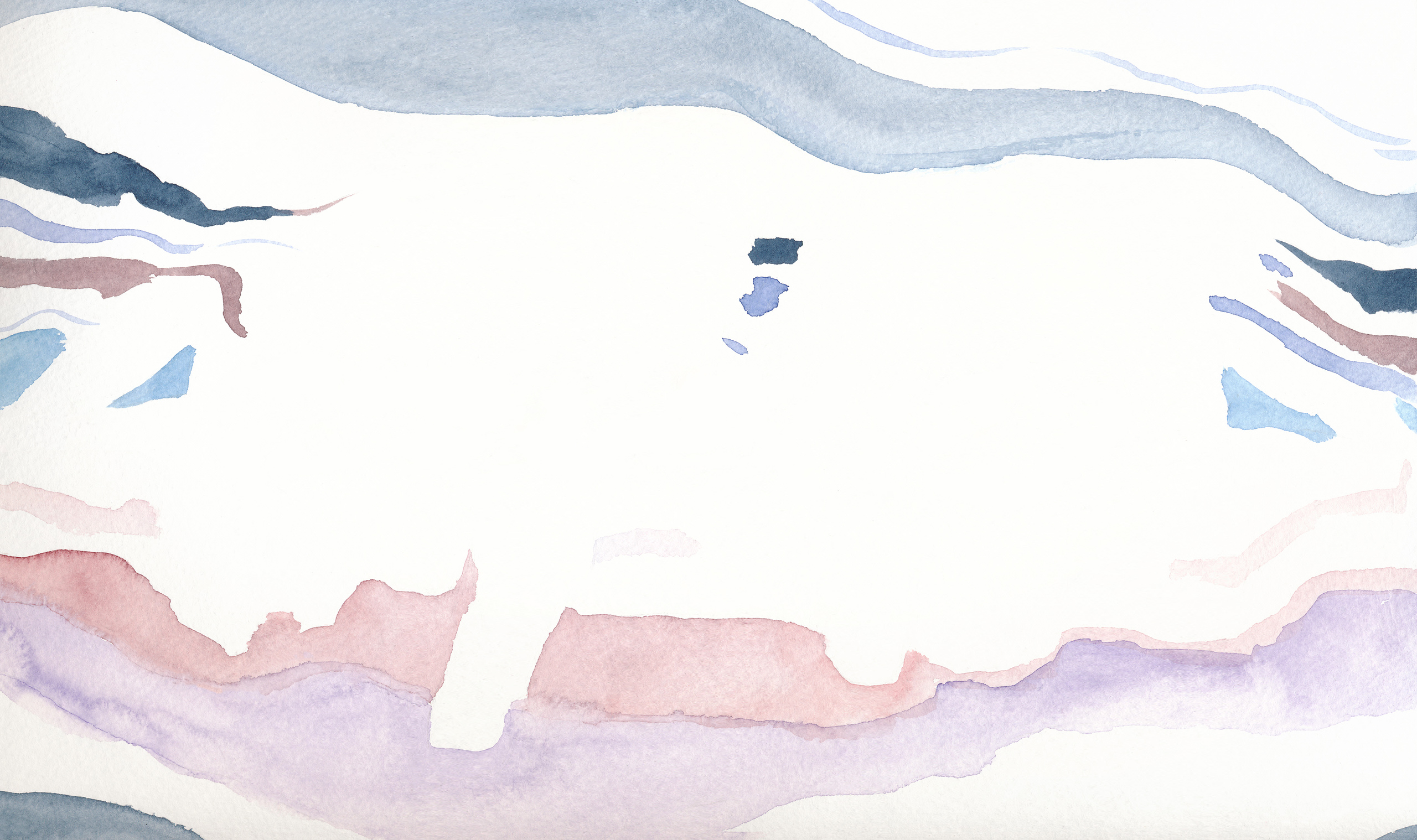Part I – Coming to the Floor

Yoga can be an excellent modality for managing and healing low back pain. Just as many poses in Yoga are ideal for healing certain kinds of back pain, other poses may make back pain worse. It depends on the nature and cause of your back pain.
- I agree with Robin McKenzie, a New Zealand Physiotherapist, that poor postural habits play a big role in most back pain. McKenzie has developed a body of work that successfully treats back pain. Many of the exercises that are prescribed by the McKenzie are the same postures that can be found in many gentle or beginning Yoga classes. (Unfortunately, many of these same postures have been dropped from more advanced Yoga classes today.)
We live in a world in which we are sitting — at our desks, in front of the television, at our computers — for many hours of the day and night. We sit in slouched postures, with our spines rounded forward, our heads jutting forward (check out your posture right now). The position of the spine in this curved forward “C” position is called flexion. We have four natural spinal curves, at the neck, the thorax, the lumbar and the sacral spines which form a gentle S from the top down. However, with the demands placed on us from early childhood, when we begin to sit at uncomfortable desks, we begin to alter our natural spinal curves. We begin to lose our ability to find a neutral, or comfortable, position. We begin to slouch. We slouch when we’re sitting. We slouch when we’re standing up.
We slouch because we can’t find a comfortable position in which to counter gravity, a constant force pulling on our bodies. When we give into dysfunctional postural habits, then we end up fighting gravity, one of the strongest forces in the Newtonian universe. What happens next is that the anti-gravity/postural muscles in our necks, extending to the entire length of our spines begin to overwork. As they overwork, they fatigue. As they fatigue, they begin to hurt. It’s not that we don’t try to sit up straight, but we end up slouching because we don’t have the strength to maintain an upright position anymore. It becomes a vicious cycle.
These long muscles, the erector-spinae muscles, extend in series from the base of the skull to the sacrum. In a slouched posture, not only do they overwork and become tense, but at the same time they become over-lengthened, weak and painful. They are not able to do their jobs in holding the trunk upright against gravity. Once these muscles become weak and over-lengthened, other muscles in the hips try to compensate. The hip muscles, working to keep the body upright against gravity, depending on their placement and your anatomy, become short, tight, weak and painful.
At the same time, the Core muscles, the deep abdominal and pelvic stabilizing muscles surrounding the hips, become weak and flabby. Breathing is often shallow. With a slouched posture, the ribs are compressed in the anterior body and the diaphragm, the primary muscle in breathing, is placed in a disadvantageous position.
The body may feel tense and tired. Trying to sit or stand erectly becomes more and more difficult. Our bodies are out of balance and out of sync with gravitational pulls. The body ends up fighting gravity rather than working efficiently within the gravitational field.
How do we restore balance to our bodies?
The best way is to go to the mat, to the floor, where the body can rest into gravity, without having to fight it. The flat surface of the floor provides maximum support and feedback to a body out of sync. Once lying on the floor, you can begin to realign yourself, front-to-back, right-to-left, head-to-toe. The four spinal curves are supported. Where the spine is rotated, a common occurrence in people who suffer from back pain, it can begin to unwind.
The body craves balance. Coming into the floor, embracing gravity and relaxing into it, combined with breathing mindfully, is the beginning of healing your back pain.

